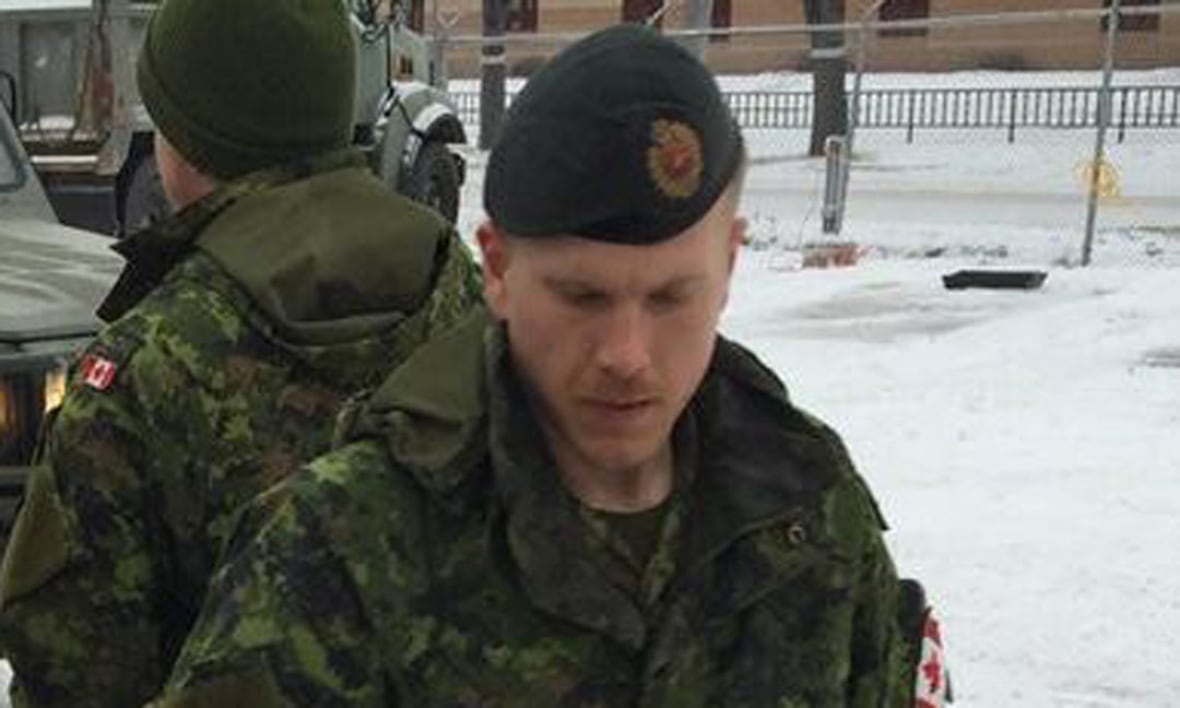'These groups are real and cannot be ignored': Vigilance key to fighting hate, says former white supremacist
'To solve the problem of hate, we have to understand it,' says Tony McAleer

Could Patrik Mathews have been discovered earlier?
How safe is our military from extremists trying to infiltrate?
How does this happen and what can be done?
These are the $1 million questions asked by governments, law enforcement, academics and security experts alike.
To solve the problem of hate, we have to understand it.
I was once an adherent to the very same beliefs that Mathews, a former Manitoba military reservist allegedly linked to a neo-Nazi group, is accused of espousing.

At the age of 20, I believed I would be dead or in jail by the age of 30 — as a white revolutionary, glorifying the murderous exploits of a terror cell in the Pacific Northwest called "The Order" led by, ironically, Robert Mathews.
These groups are real and cannot be ignored.
The violence and terror of The Order are romanticized by those who find purpose and significance in moving from zero to hero — by embracing grandiose fantasies of joining a heroic struggle, to save the white race from extinction.
In my opinion, it isn't the ideology that draws people in, but what these groups offer — purpose, community, belonging and identity.
Young people who are deficient in these areas are vulnerable to a whole host of bad actors seeking to exploit them.
How do young people become vulnerable?
The challenge is that the events and trauma that create the vulnerabilities to make this noxious ideology seductive — and allow for a rationalization for violence — also make lousy predictors.
I don't blame anything in my childhood for what I did.
I walked in on my father with another woman when I was 10, and was subsequently beaten at Catholic school afterwards, because of my failing grades.
But so were many other kids, and they didn't wind up in neo-Nazi groups like I did.
I don't ever blame anything in my childhood for what I did — because everything I did I chose to do — and I have to take responsibility for that.
But looking at my childhood helps to understand the lens through which I made those choices.
Shift from blame to understanding
To find a solution to this problem, we need to shift the examination from blame to understanding.
Through the lens of understanding, interventions are possible.
While their ideas and actions may be monstrous, these people aren't monsters.
A common tactic among these groups is to encourage members to join the military for weapons training — which I myself had done in the late 1980s.
The military should assume that there are violent extremists in their midst.
In my opinion, the military should follow a tougher screening process — if they aren't already. They should make it more akin to that of police departments, etc.
But we shouldn't expect 100 per cent success.
I believe vigilance is key here. The military should assume that there are violent extremists in their midst, and always will be.

There is no magic predictor that can reveal everyone who is a threat to our society and its values.
And the problem of identifying extremists won't be solved by an algorithm or predictive analytics.
The closest we can get is to identify people who may be vulnerable.
But in doing so, we identify who will likely require help. And we need to give it to them.
This is a whole-of-society problem that requires a whole-of-society solution.
We must become better at understanding it if we are to solve this problem.
This column is part of CBC's Opinion section. For more information about this section, please read this editor's blog and our FAQ.


